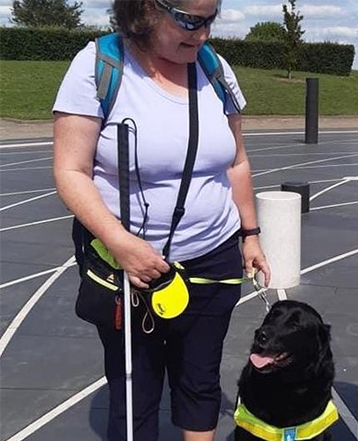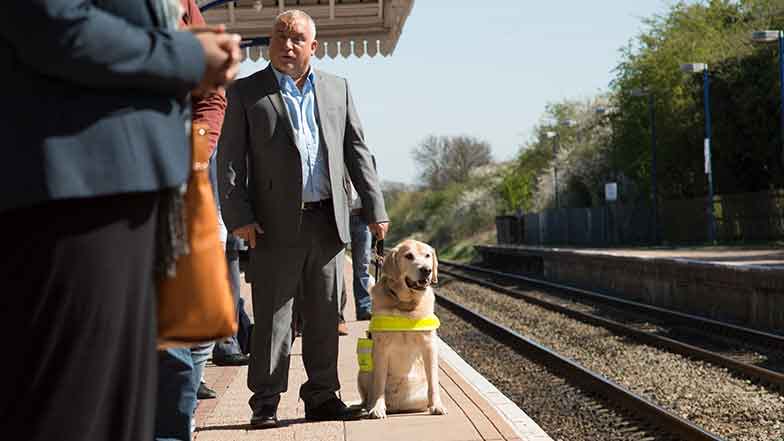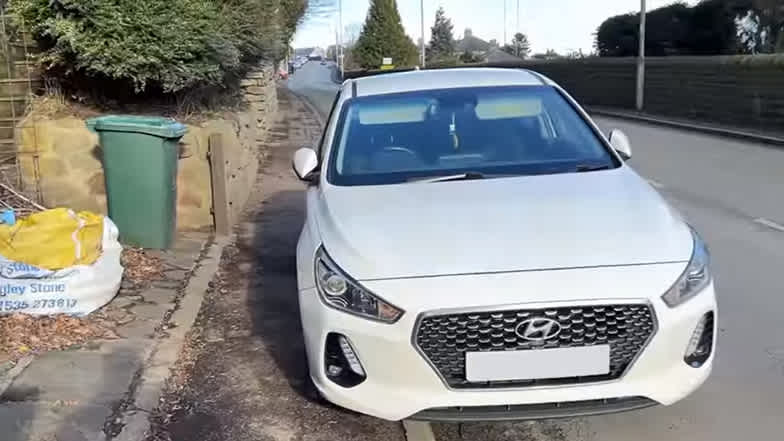A guide dog owner has spoken to BBC Breakfast about her experiences of e-scooters as the year-long trial of the two-wheel transport device starts in London.
Elaine Maries from Milton Keynes was hit by an e-scooter last summer, knocking her into her guide dog Inca.


I heard some screaming and next thing I knew I had been hit by somebody who had come around the corner gone straight into me. I then lost my balance, ending up falling on Inca and bruised my elbow and knee which then meant I didn’t want to go out again.
Elaine

The new London e-scooter trial is part of a Government backed 12-month trial of e-scooter rental schemes across England. The aim is to assess how they might fit into the community as a new alternative transport method to reduce car and public transport use. E-scooters are almost silent, which means that people with sight loss have little or no warning they are approaching. Blind and partially sighted people typically rely on hearing to navigate safely, which makes detecting and avoiding e-scooters riding on the pavement almost impossible. Government trials have seen a boom in the sale of private e-scooters, which are illegal on public roads and can only be driven on private land. This explosion in e-scooter use has seen a corresponding increase in reports of dangerous and anti-social use. Earlier this year a YouGov survey for Guide Dogs found that half of the people who had come across e-scooters saw them driven unsafely. The same survey also revealed that e-scooters were most commonly found in London, with 63 per cent of those questioned seeing an e-scooter, with one in four seeing one at least once a day – despite there being no e-scooter trial in London at the time.
Guide Dogs is calling for e-scooters to be fitted with better safety features, such as an audible warning on moving e-scooters, better enforcement against unsafe use and regulation of private e-scooter sales.

Legalising e-scooters would have a dramatic and irreversible effect on our streets. We have one chance to make sure that people with sight loss and other disabilities do not lose out as a result. We are concerned that as e-scooter use grows, more people with sight loss will be forced to change their route or avoid independent travel altogether. We need action now to make e-scooters safer, tackle dangerous and anti-social behaviour by e-scooter drivers and to stop sales of high-speed e-scooters.
Chris Theobald, Senior Policy, Public Affairs and Campaigns Manager at Guide Dogs




